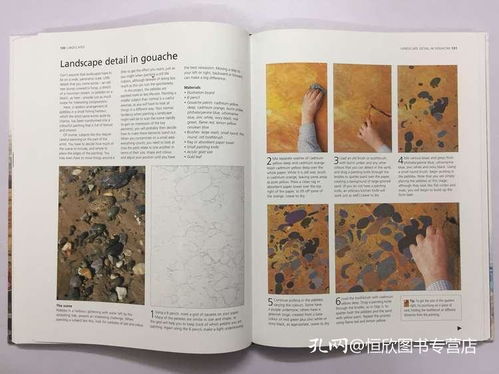Content:
Jiu钓, also known as "bait fishing," is a traditional and highly effective method of angling that has been practiced for centuries. It involves the use of live or artificial bait to attract fish, and mastering the art of hooking is crucial to the success of this technique. In this article, we will delve into the essential hooking techniques for Jiu钓, providing you with the knowledge to become a proficient angler.
Understanding the Basics of Jiu钓 Hooking
Before we dive into the specifics of hooking techniques, it's important to understand the basics of Jiu钓. This method typically involves the following steps:
Choosing the Right Bait: The choice of bait depends on the type of fish you're targeting. Live bait, such as worms, minnows, or crickets, can be highly effective, as can artificial baits like jigs, spinners, or soft plastics.
Selecting the Appropriate Hook: The size and type of hook you choose should match the bait and the fish you're aiming to catch. For live bait, a single, strong hook is often sufficient, while artificial baits may require a treble hook for better hold.
Preparation of the Bait: Depending on the bait type, you may need to rig it properly to ensure it moves naturally in the water. For live bait, this might involve threading the hook through the bait's mouth or placing it in a natural position. Artificial baits often come pre-rigged.
Key Hooking Techniques for Jiu钓
The Basic Hook Set: This is the most common hooking technique and involves inserting the hook through the bait's mouth or placing it in a position that mimics the natural feeding behavior of the fish. For live bait, thread the hook through the bait's mouth and position it so that the point of the hook is visible, allowing it to easily penetrate the fish's mouth when it bites.

The Texas Rig: This technique is particularly effective for soft plastics and is used to fish in shallow water or thick vegetation. The hook is inserted through the middle of the bait, with the point facing up. This rig allows the bait to move naturally and reduces the risk of snagging.
The Carolina Rig: This rig is ideal for fishing in deeper water or across currents. The hook is attached to a leader with a weight, and the bait is tied on with a swivel or a loop knot. This setup allows the bait to move freely and reach deeper areas.
The Drop Shot Rig: This rig is perfect for fishing in clear water or around structures. The hook is tied directly to the line with a small weight placed above it. The bait is then attached above the weight, allowing it to fall naturally and mimic a struggling prey.
The Wacky Rig: This rig is used primarily for topwater fishing. The hook is inserted through the bait's body at an angle, with the point facing up. This rig creates a twitching, lifelike action that can attract fish from above.
Advanced Hooking Tips
Use a Good Quality Hook: Invest in high-quality hooks that are sharp and strong. A dull hook can result in lost fish and damaged baits.
Practice Knot Tying: Mastering various knots, such as the Palomar knot, improved clinch knot, or the uni knot, can help you rig your baits more effectively and securely.
Adjust Your Technique Based on Conditions: Be adaptable and change your hooking technique based on the fish's behavior, water conditions, and the type of bait you're using.
Observe the Bait: Ensure that the bait is moving naturally in the water. Adjust the position of the hook if necessary to achieve the desired action.
In conclusion, mastering the art of Jiu钓 hooking requires practice, patience, and a keen understanding of the fish you're targeting. By following these techniques and tips, you'll be well on your way to becoming a skilled angler who can effectively catch fish using the Jiu钓 method. Happy fishing!












